December 2023
I love the off-beat you find in our world, and Japan specializes in it. Here are just a few random things that made me smile.
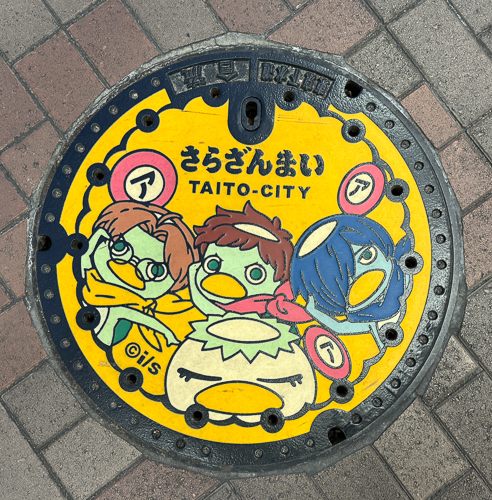
I have touched on the manhole covers of Japan in many posts. This is for Taito City, which is a ward within Tokyo proper. These are characters from Sarazanmai, a Japanese anime television series set in Taito Ward.
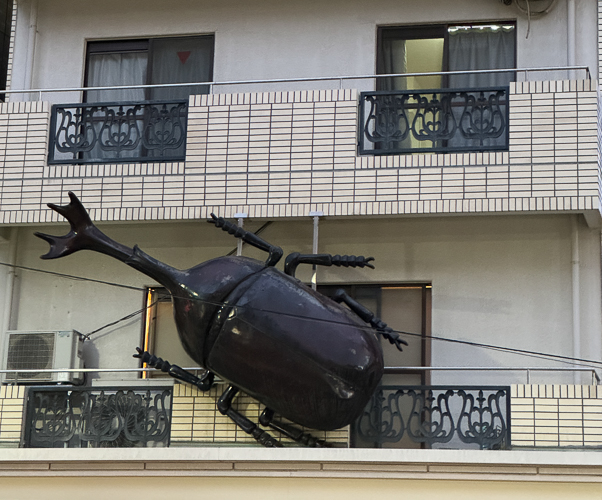
A Rhinoceros Beetle in the Kappabashi neighborhood of Asakusa
Kappabashi is Japan’s restaurant supply store mecca, including the plastic food you see in restaurants to show you what they serve. The beetle belongs to the “food sample” company Iwasaki Be-I (pronounced “bee-eye”), which, according to a Japan Times, has about a 40% share of the sample food market in Japan. As making sample food seems quite similar to making sample anything, a museum ordered a large rhinoceros beetle from Iwasaki Be-I for a display. Iwasaki-Be-I made two, kept one, and put it outside the building.
Presently, I am staying in the Asakusa neighborhood just a block from Kappabashi, which is really more of a street than a neighborhood.
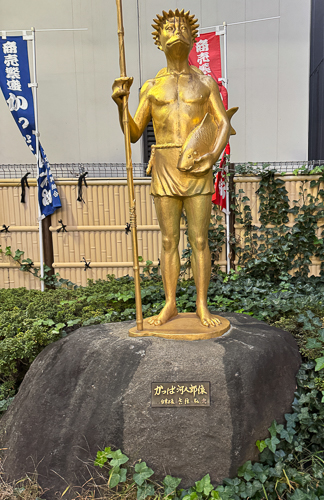
Kappabashi Dougu Gai means “Kappa Bridge Tool Town,” which is a long version of the neighborhood name. The odd thing is that there is no bridge in Kappabashi, but there was one in 1912.
There is a long and involved myth regarding the Kappa and Kappabashi, but it is just that, a myth. Kappa, the mythological Japanese creature, has nothing to do with Kappabashi. The locals adopted it as a mascot when they could no longer ignore the phonetic connection. So now, when you walk the Kappabashi, you will spot these little guys from time to time.
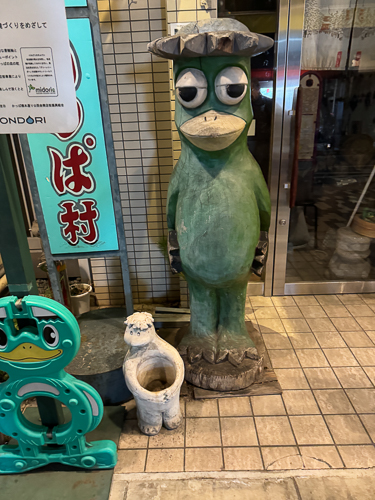
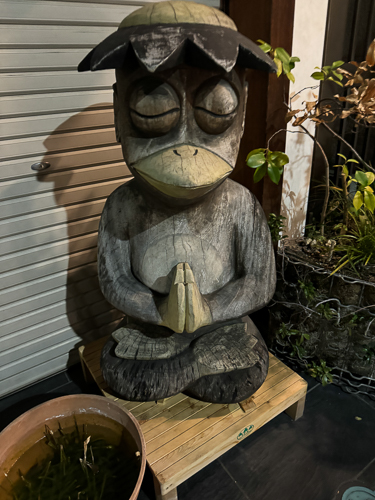
There is even a shrine to the Kappa.
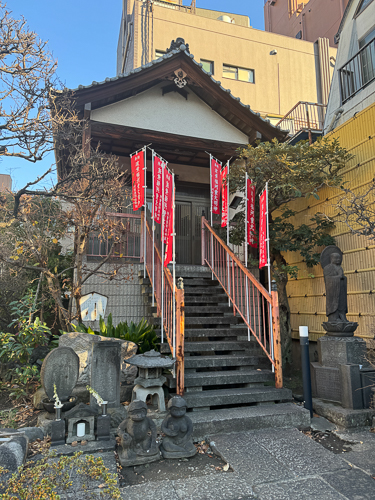
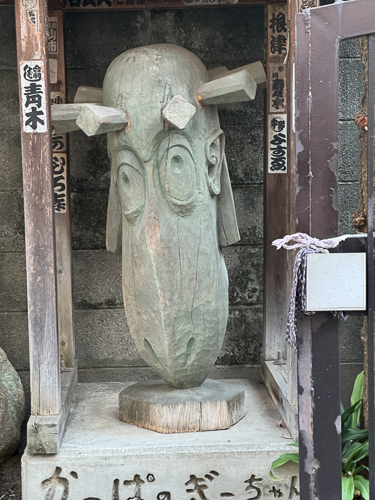
This odd Kappa is at the front entry gate of the shrine.
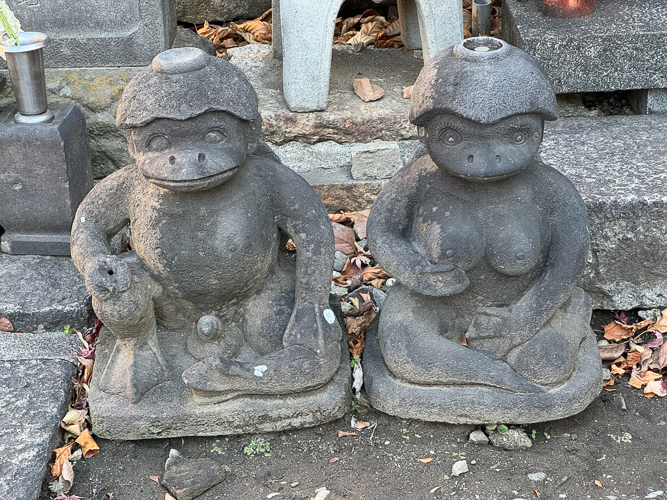
Two Kappa at the foot of the stairs of the shrine
The kappa are known for their webbed hands and feet. It has a beak for a mouth and a saucer on its head that must always be filled with water, and apparently, they love cucumbers.
They are notoriously mischievous and are known to play tricks on people and animals. At worst, they steal horses, impregnate women, and drown children in the river. Some tales, however, depict these river imps as friendly and helpful.